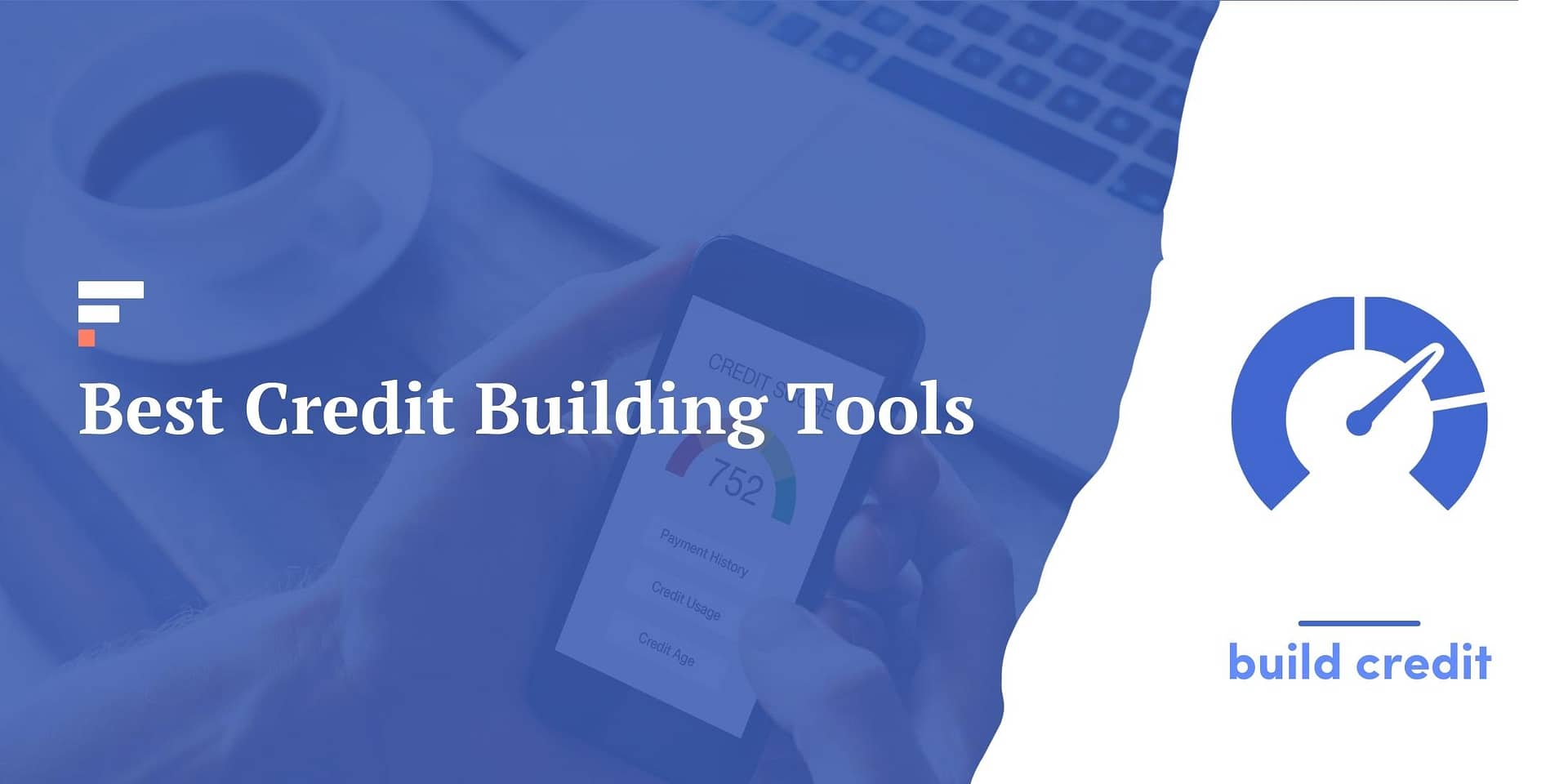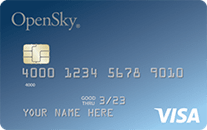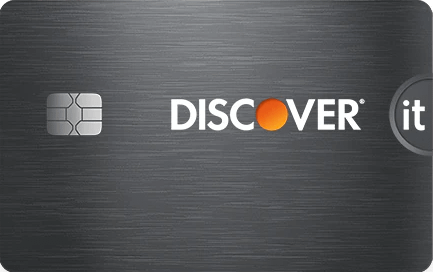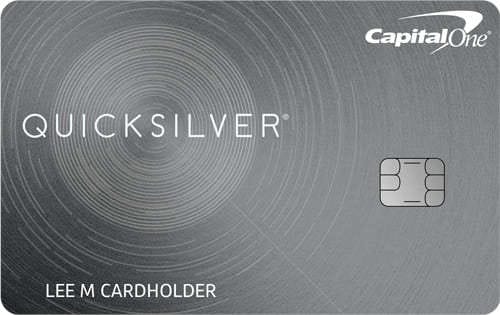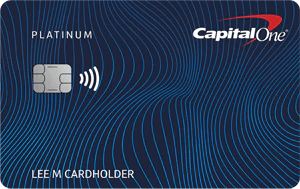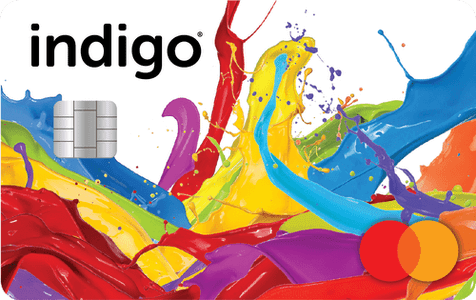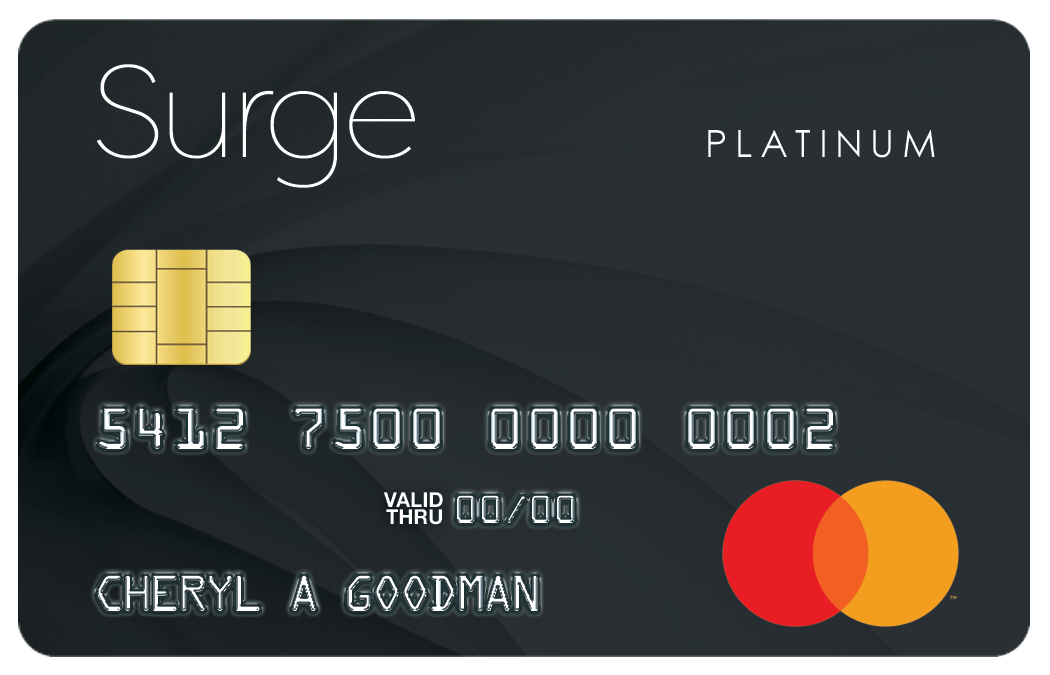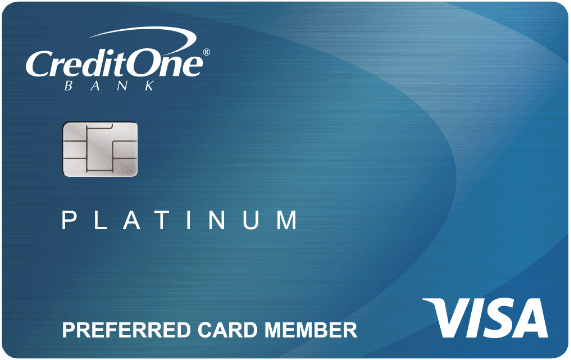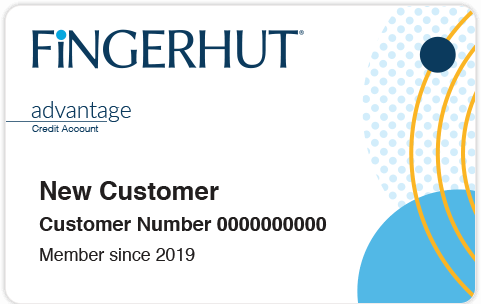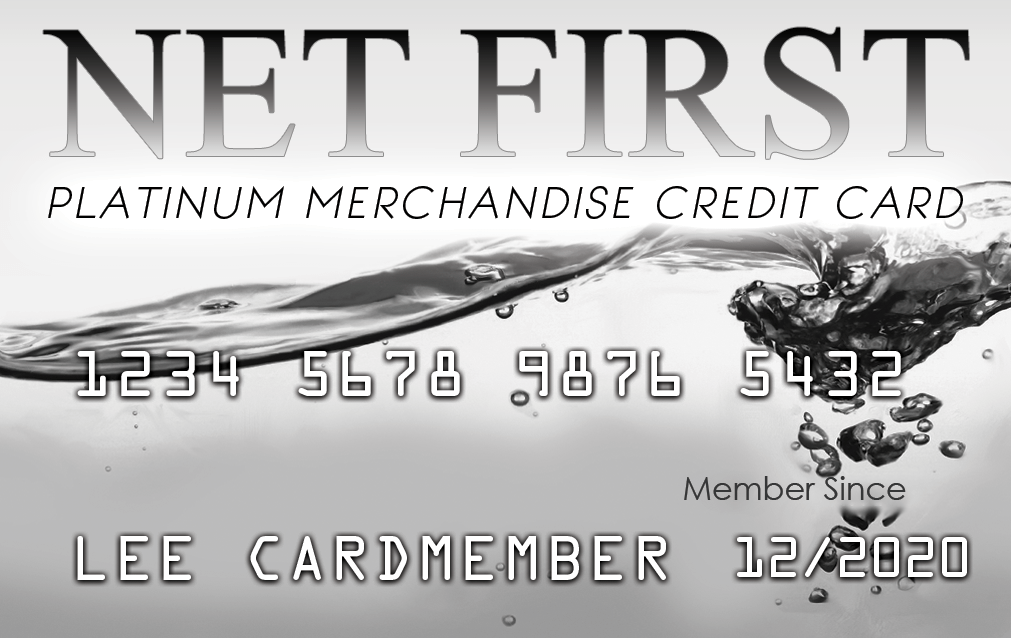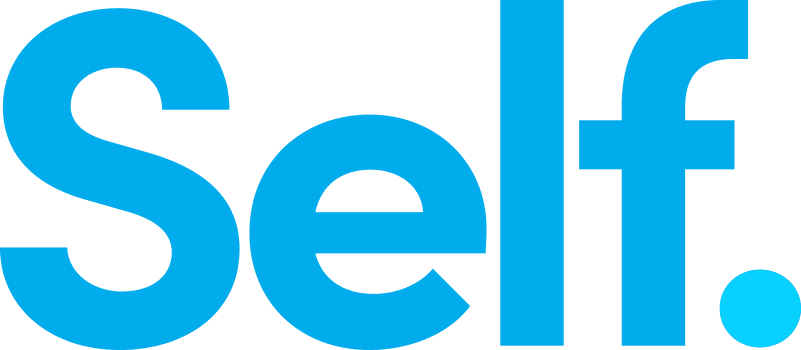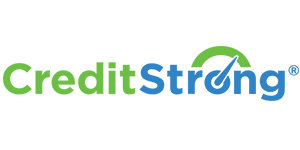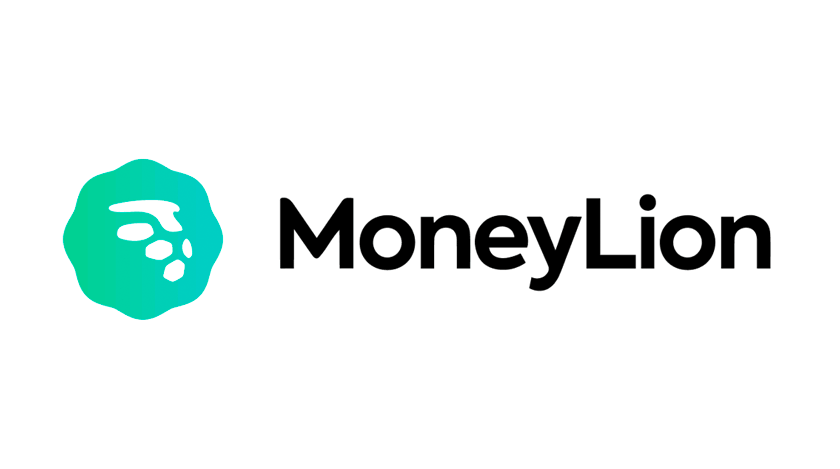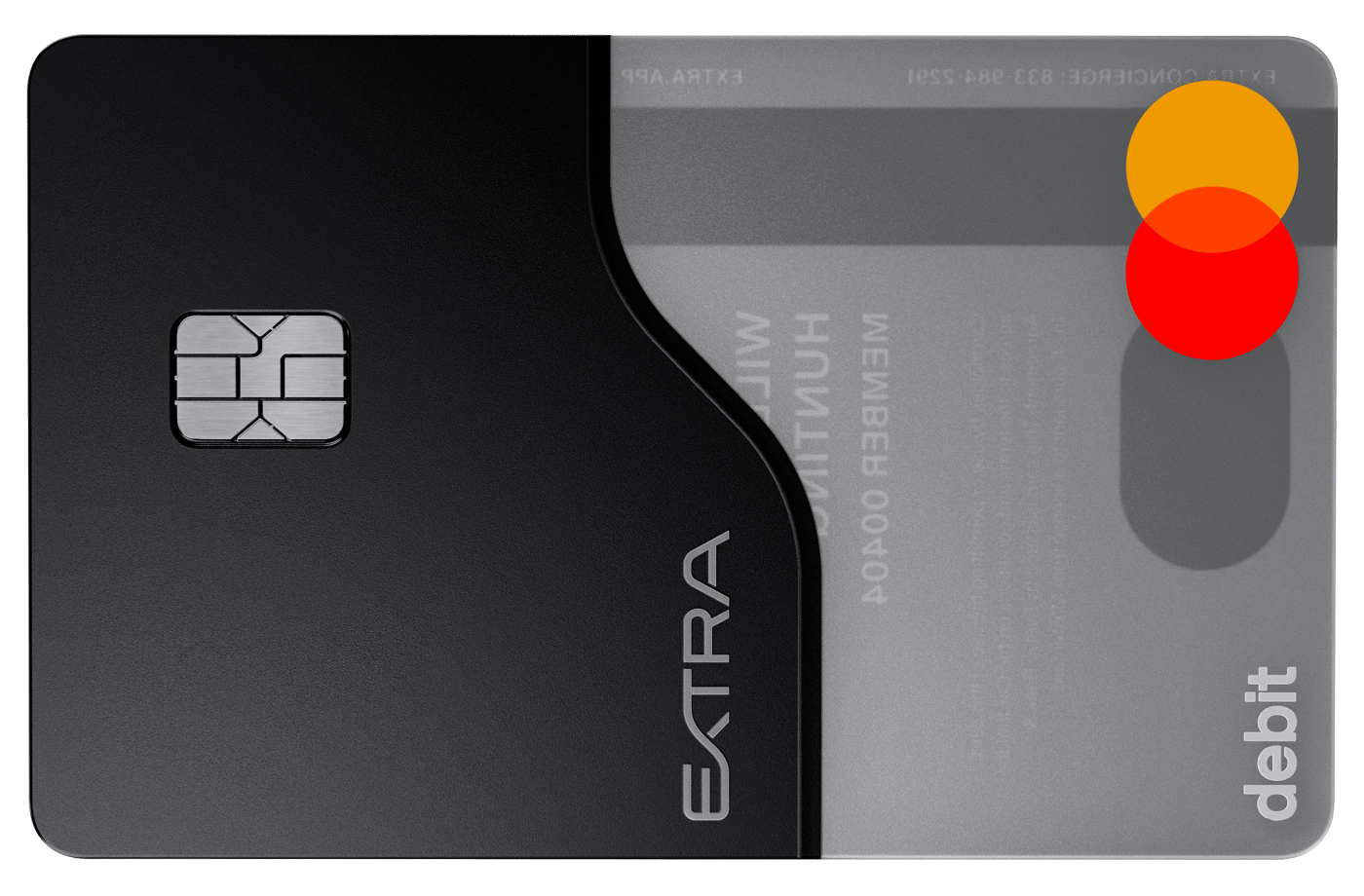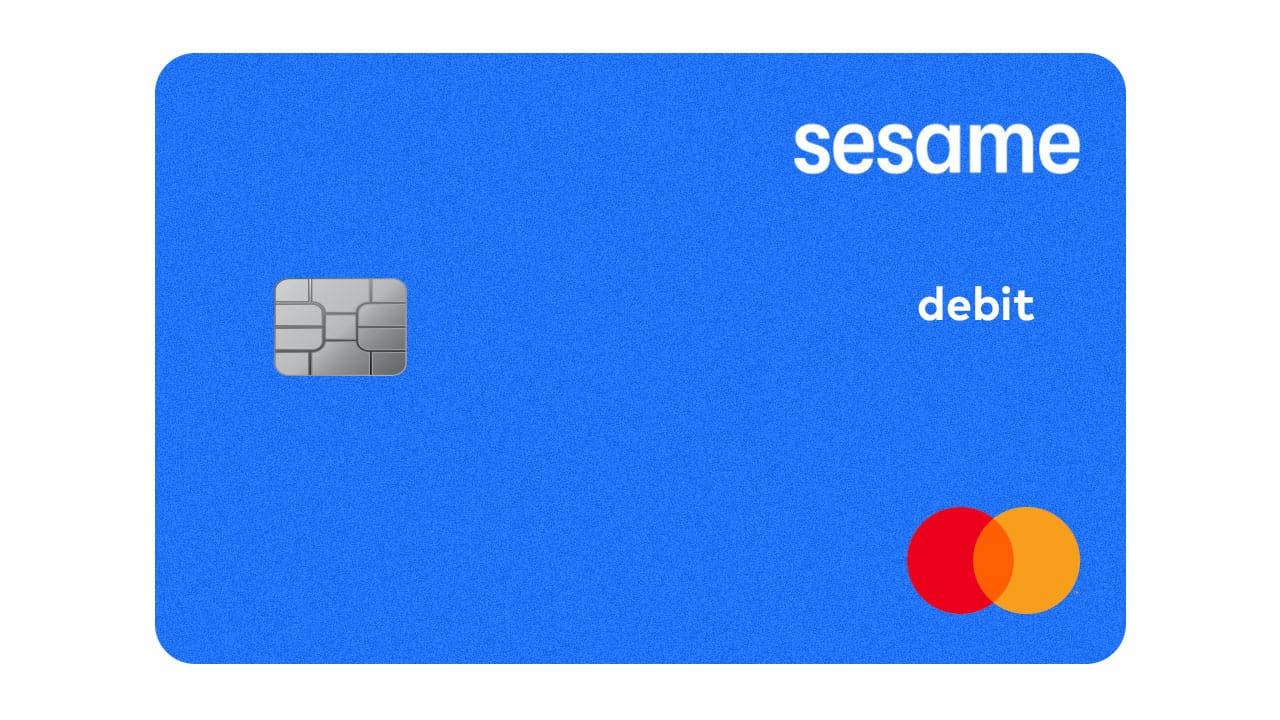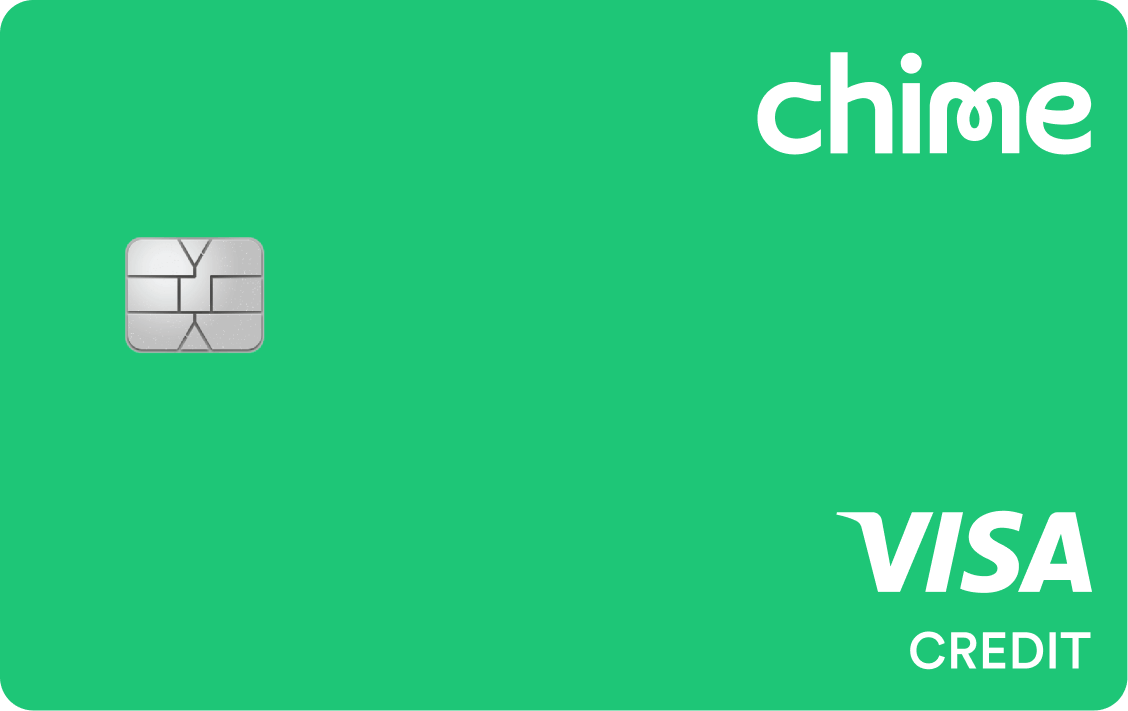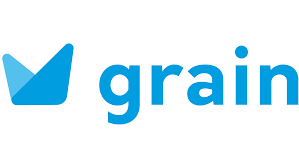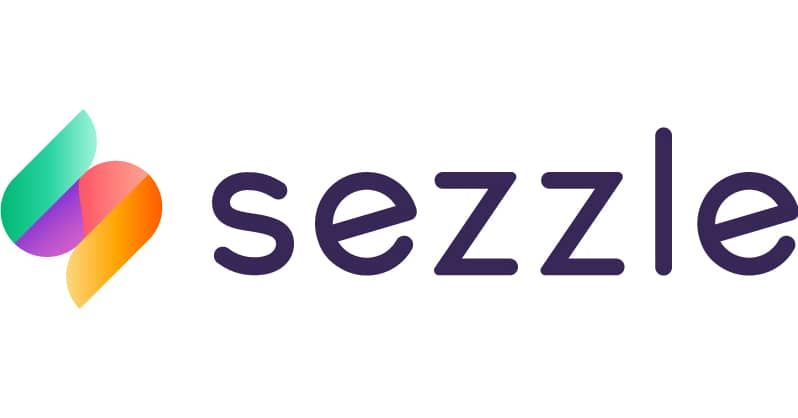The market for credit-building tools has exploded, with dozens already available and new ones appearing all the time. But what do these tools actually do? Can they help you build or repair credit, and are they worth the cost? What are the best ways to build credit?
These are important questions for anyone trying to build or repair credit. Let’s take a closer look, and see what these tools can and cannot do, and when they could be useful.
Credit Basics
If you’re considering using credit-building tools, it’s important to understand what your credit score is and where it comes from.
Three key points:
- Your credit score is based on information in credit reports kept by three major credit bureaus: Experian, Equifax, and TransUnion.
- The information in your credit report is contained in tradelines reported by your creditors.
- Credit scoring companies like FICO and VantageScore generate credit scores from this information using proprietary scoring models. There are different scoring models (you have many credit scores) and they use different information in different ways.

Credit-Building tools are designed to place new tradelines, or records of credit activity, on your credit report.
Your credit score is based on the tradelines recorded on your credit report. If you have no or very few records on your credit report, there may not be enough information to generate a credit score. Credit building tools may be able to add enough information to generate a score or improve your score.
Thre are three types of tradelines.
- Revolving credit tradelines are accounts that you can draw on continuously up to a certain limit, like credit cards.
- Installment credit tradelines are loans that you borrow once and pay back in monthly installments, like a student loan or a car loan.
- Alternative tradelines are a relatively new development. You can now report rent or utility payments to credit bureaus. These accounts are neither revolving nor installment and are considered “open tradelines”.

Each credit-building tool will place one tradeline of one type on your credit report. There are two ways that this can happen.
- Reporting existing accounts. Credit-building tools that report rent, utility, or subscription payments will take existing accounts that you are already paying and place them on your credit report.
- Adding new accounts. Other credit-building tools will add entirely new accounts to your credit record. This may mean taking on new debt.
Look for these features in any credit-building tool.
- Reports to all three credit bureaus. Tools that report to all three credit bureaus will help your credit the most.
- Are the payments affordable? Many credit-building tools require payments. If you can’t afford them you will hurt your credit and your finances.
- Low interest and fees. Building credit is supposed to save you money, not cost you money
- The term (for loans). Look for loans with a 12-month term or greater for maximum impact on your credit. Make sure the loan is affordable!
- How will your data be handled? Look for a clear privacy policy. You don’t want your personal data sold.
Whether you are adding new accounts or reporting old ones, you will have to manage your accounts effectively to build credit.
Use Your Tools Effectively
Simply adding tradelines to your credit record will not build credit effectively. You will have to manage them well. Here’s what you need to do.
- Pay on time. Make every payment on time. This is the single most important part of building credit.
- Mix your accounts. You should try to have at least one revolving account and one installment account open to achieve a good credit mix.
- Watch your credit utilization. Keep the balance on your revolving accounts below 30% of your credit limit. Lower is better! Credit utilization is a key part of your credit score.
- Avoid hard inquiries. Applying for many types of credit, including some credit-building tools, will place a hard inquiry on your credit report. Too many inquiries can hurt your credit.
- Watch your credit report. Review your credit reports regularly and check for errors.
- Take your time. Building credit takes time. No matter what you hear on YouTube, there is no magic secret that will instantly improve credit.
If you have no credit score or a thin credit file, credit-building tools can be a valuable part of your credit-building strategy. When you have very little information in your credit file anything new will have a visible impact.

Credit-building tools fall into distinct categories. We’ll look at each category in general and at then at some of the most popular products within it.
- Authorized User Status
- Secured Credit Cards
- Unsecured Credit Cards for Bad Credit
- Single-Store Cards
- Credit-Builder Loans
- Debit Cards That Build Credit
- Rent Reporting
- Report Your Utility Bills or Streaming Services
- Buying Tradelines
- Buy Now Pay Later
- Other Options
These tools are useful but you don’t need all of them. Choose your tools carefully!
Aim to have both revolving and installment accounts. Once you have several active accounts there’s no need to pile on more credit-building tools.
If you already have an installment loan (like a student loan), consider a tool that will add a revolving account. If you have a credit card, look for a tool that will add an installment loan.
If you already have both types, prioritize making on-time payments on the accounts you already have!
Before you pay for a credit-building tool, remember that you can build credit for free!
1. Authorized User Status
Type: Revolving Credit

- It’s free.
- You don’t need to use the card or even hold a card.
- You can gain substantial credit history quickly.

- You need to know someone who is responsible and willing to add you.
- If the cardholder mismanages the account your credit could suffer.
Authorized user status is one of the easiest ways to start building credit. Most major credit card issuers (not all – always check) will report authorized user accounts separately to the credit bureaus.
All you need is a reliable person with a good credit record who is willing to add you as an authorized user. You don’t need to use the account or even have a card. Just be sure that the person adding you has good credit and is a responsible card user. Their activity will go on your account, for better or for worse.
How to ask your friend, parent, or other relative and get them to add you as an authorized user on their credit card? The video below shows you 5 easy steps to get anybody to say YES
2. Secured Credit Cards
Type: Revolving Credit

- You gain the convenience of a credit card
- Many have no fees
- If you pay in full and on time, you won’t pay interest
- Places a revolving credit account on your credit report

- If your credit is very poor you may not qualify for no-fee cards
- If you carry a balance you may pay a very high interest rate
- You will pay a deposit
- Late payments can harm credit
- Low credit limits can push credit utilization up, harming credit
A secured credit card is one of the most widely recommended credit-building tools. To use a secured card you will put down a deposit. That deposit will become your credit limit. Your card will function like any other credit card.
The deposit is refundable. If you close the account you will get the money back, minus any outstanding charges. Some secured card issuers will let you convert to an unsecured card if you establish a good payment record.
There are some risks to using a secured credit card to build credit. You will need to use your card wisely. If you run up a high balance or miss payments you can hurt your finances and your credit.
Unless you put down a large deposit, your credit limit will be low. This can make it difficult to keep your credit utilization – the percentage of your limit that you use – low. High credit utilization hurts your credit, so you will have to work to keep your balance low.

The Best Options
There are dozens of secured credit cards available. We’ve reviewed six of the best secured credit cards. Before you make a choice, check fees, interest rates, customer reviews, and whether the issuer allows conversion to an unsecured card
These are some of the top contenders.
Citi Secured Mastercard
Citi Secured Mastercard is a no-fee option designed for people with little or no credit history.
OpenSky® Secured Visa® Credit Card
OpenSky® Secured Visa® Credit Card is the best option for people with badly damaged credit (you will pay an annual fee).
Applied Bank Secured Visa Gold Preferred
Applied Bank Secured Visa Gold Preferred has a very low interest rate, but there’s an annual fee.
DiscoverIt Secured
DiscoverIt Secured has no annual fee. Convertibility and rewards make this a top choice.
CapitalOne Quicksilver Secured Rewards
Similar to the previous card, CapitalOne Quicksilver Secured Rewards has no annual fee but comes with convertibility, and rewards.
CapitalOne Platinum Secured
CapitalOne Platinum Secured accepts a low deposit, but you’ll pay an annual fee.
Choose your card carefully, keep your credit utilization low, make every payment on time, and don’t carry a balance from month to month!
3. Unsecured Credit Cards for Bad Credit
Type: Revolving Credit

- Places a revolving credit account on your credit record
- No deposit needed
- You gain the convenience of a credit card
- If you pay in full and on time, you won’t pay interest

- Very high fees
- Missed payments or high credit utilization could harm your credit
- High interest rates if you carry a balance
Unsecured credit cards for bad credit are conventional credit cards. You don’t have to put down a deposit. That might make them “cheaper” up front but they can be a very expensive choice.
Issuing an unsecured card to a person with bad credit or no credit is a substantial risk for the issuer. They make up for that risk by charging very high fees and in most cases very high interest rates as well. Credit limits are usually low, which can make it hard to keep your credit utilization low.
If you use an unsecured card for bad credit for more than two years, your fees will probably add up to more than the deposit on a secured card, and those fees – unlike a deposit – are not refundable.
If you prefer this type of card, we’ve reviewed some of the best unsecured credit cards for bad credit.
Top Picks
These are some of the better options.
Tomo Credit Card
Tomo Credit Card is a new product with no deposit, no credit check, no interest, and no fees. It sounds ideal, but users have reported some issues.
Read review | Visit Website
Petal® 1 “No Annual Fee” Visa® Credit Card
Petal One Visa is a card designed for people with no credit score. There’s no annual fee but you may not qualify with bad credit.
Indigo Platinum Mastercard
Indigo Platinum Mastercard is fast, easy prequalification, but the fees are high. The interest rate is lower than that of some competing options.
Surge Mastercard
With Surge Mastercard the higher initial credit limits make it easier to control credit utilization, but the fees and interest rate are on the high side.
Credit One Bank Platinum Visa
With Credit One Bank Platinum Visa you’ll get 1% cash back on purchases, but the fees largely outweigh that incentive.

4. Single-Store Cards
Type: Revolving Credit

- Places a revolving account on your credit record.
- Generally easy approval.

- Late payment may harm your credit.
- Watch out for fees.
- High credit utilization could harm your credit.
- Goods are often overpriced
Many stores offer store-specific credit cards. These are cards that can only be used at one store. These can be effective ways to build credit if you are a regular customer at that store but check the terms carefully. You might be better off with a secured card that you can use anywhere.
Some single-store cards are designed and marketed specifically as credit-building tools. They are typically easy to get and may not require a credit check. There is a downside, though. In many cases the goods sold in these stores are heavily overpriced: the operators are going to make money somehow!
Kikoff
Kikoff offers a $500 credit line at an in-house store selling e-books. Products cost $10 or $20 so it’s easy to keep utilization low. This could be a reasonable deal if you like and want the e-books.
Fingerhut
Fingerhut offers an easy-access account for shopping at their in-house store. They report to all three credit bureaus and the terms are friendly, but the goods in the store are wildly overpriced.

5. Credit-Builder Loans
Type: Installment Credit

- Places an installment account on your credit record.
- No credit check required
- Low monthly payments
- You get a lump sum at the end of the loan term

- You may pay interest and fees.
- Not everyone can qualify
- Late payments could hurt your credit
A credit-builder loan is a cost-effective way to add an installment loan to your credit mix. If you only have revolving credit, a credit-builder loan is an effective way to balance that without taking on substantial new debt.
If you take out a credit-builder loan, you won’t get the money you borrow right away. It will be deposited in a locked savings account. You’ll make regular monthly payments, which the lender will report to the credit bureaus. When you finish paying off the loan, the lender releases the entire sum to you.
This model reduces the lender’s risk, so these loans are often available with no credit check. You will pay interest and possibly fees.
These loans are designed to build credit, so they typically involve relatively small amounts. That keeps the payment low and makes it easier to make on-time payments.

Top Options
We’ve reviewed some of the top credit builder loans here. Here are some of the best.
Self
Self offers multiple plans and a linked secured credit card, giving you both installment and revolving credit options.
Credit Strong
Credit Strong offers several account types and larger loans with longer terms, which can help you build a longer credit history.
Brigit
Brigit offers credit builder loans for as little as $1 a month, bundled with other services.
MoneyLion
MoneyLion offers a credit-builder loan bundled with other financial services.
SeedFi
SeedFi offers credit-builder loans with a wide range of amounts and payment schedules for maximum flexibility.
Digital Federal Credit Union
Digital Federal Credit Union offers online credit builder loans nationwide. You’ll need to join the credit union.
Loqbox
Loqbox offers a variation on the credit-builder loan, which can even be free if you withdraw the money into an account with one of their partner banks.
Many local banks and credit unions also offer these loans, so you may wish to inquire at your own bank or credit union.
6. Debit Cards That Build Credit
Type: Installment or Revolving

- No risk of late payments or high credit utilization (in most cases).
- Places a new tradeline on your credit report.
- Some cards have no fees.

- You may have to allocate money in advance to cover your purchases.
- Some cards have fees.
- These cards use different systems: compare carefully before making your choice.
Traditional debit cards did not build credit. You deposited and withdrew your own money, so there was no credit line to report. A new generation of credit-building debit cards is breaking this pattern.
These cards work in different ways. With some cards, you make a purchase on your debit card, and the company will pay for it and reimburse itself from your account the next day, reporting the transaction as a one-day installment loan.
With other cards, you allocate a set amount of cash each month, which is used as a deposit to support a virtual secured credit card. These cards report as revolving accounts.
Top Options
We’ve reviewed several credit-building debit cards. Here are some of the best.
Extra
Extra was the first credit-building debit card. It follows the loan repayment model and reports as installment credit to Experian and Equifax. There is a monthly fee.
Sequin
Sequin was designed specifically for women but is open to anyone. If follows a model similar to Extra. There are no fees, and Sequin reports to all three credit bureaus.
Sesame Cash
Sesame Cash offers a debit card using the virtual credit card model, reporting as a revolving account. It’s free, they report to all three credit bureaus, and you can set your credit utilization rate in advance.
Cred.ai
Cred.ai is a new player advertising itself as “the Tesla of banking”, offering a no-fee, no-interest physical card. It works on the “virtual credit card” model and reports as a revolving account to all three credit bureaus.
Chime Credit Builder
Chime Credit Builder also uses the virtual secured card model in a product offered to Chime depositors. They report a revolving account to all three major credit bureaus, they don’t report credit utilization and there are no late payments.
Grain
Grain provides a revolving line of credit through your existing debit card, with no credit check. A deposit may be needed.
Most of these are relatively new products with limited operating histories, but they look set to offer a credit-building option with little risk and relatively low cost.
7. Rent Reporting
Type: Alternative

- Can report up to 2 years of back rent payments.
- Puts your largest monthly expense on your credit record.

- Most services charge a fee.
- Many services only work with automatic payments from your bank account.
- Some services only report to one or two credit bureaus.
- Not all scoring models will include open accounts.
Rent is the largest expense in the monthly budget of most non-homeowners, but it has traditionally not been included on credit reports. Rent reporting services aim to change that, and the concept of rent reporting is receiving high-level support.
There are two kinds of rent reporting services.
- Landlord-enrolled systems get their information from your landlord. They need a cooperative landlord, but they will work with cash payments.
- Non-landlord-enrolled systems link to your bank account and recognize rent payments made directly from your bank. They don’t require landlord cooperation but they will only work if you make rent payments directly from your bank accounts.
We’ve reviewed 12 of the best rent reporting services, and if you’re considering rent reporting the review is a great place to start.
Top Options
Here are a few rent reporting firms that will probably be on your shortlist.
Boom
Boom is an app-based system that reports to all three credit bureaus and offers split rent payments. Cost is highly competitive, but you’ll need to pay through your bank account.
Rent Reporters
Rent Reporters says that their average customer sees a credit increase of 35 to 50 points within the first billing cycle. Currently, Rent Reporters will report your rent payments to TransUnion and Equifax.
Esusu Rent
Esusu Rent is a landlord-linked service that reports to all three credit bureaus and may provide interest-free loans to cover rent for distressed tenants.
ExtraCredit from Credit.com
ExtraCredit from Credit.com reports both rent and utility payments, bundled with a range of credit monitoring, credit repair, and identity theft protection services. They report to TransUnion and Equifax.
Many of these services report that clients see substantial credit score improvement, but it’s not always clear what scoring model they are using.

8. Report Your Utility Bills or Streaming Services
Type: Alternative

- Report bills that you’re already paying, so there’s no additional debt.
- Some services are free.

- Some services report to only one credit bureau.
- Not all scoring models include these records.
A number of services offer the ability to record routine bills on your credit report. Some of these services report only to one credit bureau. That limits their benefit, but if the service is free there’s little to lose. If the service is not free you’ll have to consider the costs and benefits.
Here are three options for reporting routine bills:
Experian Boost
Experian Boost allows you to report utility and telephone bills. They only report to Experian, but the service is free.
ECredable Lift
ECredable Lift is another service that allows reporting of utility, phone, and some other bills. They only report to TransUnion, and there is a fee.
Grow Credit
Grow Credit places streaming service bills on your credit report. They have a free tier and a paid tier that allows a wider range of reporting.

9. Buying Tradelines
Type: Revolving Credit

- Places a revolving account on your credit record.
- You don’t take on new debt.

- Quality tradelines can be expensive.
- Credit scoring models may downgrade purchased tradelines.
- The account may be closed if the card issuer realizes the tradeline has been sold.
- There’s no assurance that the card owner will manage the account well.
- Questionable sources. Not all companies selling tradelines are reputable or trustworthy.
The sale and purchase of tradelines is a relatively new development that has received quite a bit of attention, mainly due to aggressive marketing from the companies selling tradelines.
Buying a tradeline works just like authorized user status, except that you pay the cardholder to add you. Tradeline companies act as brokers, matching buyers and sellers. High-quality tradelines with extensive history and an excellent payment record are the most expensive.

If you do choose to pursue a purchased tradeline, Tradeline Supply Company is frequently cited as the most credible source. Do your research, don’t fall for the hype, and make sure you know what you’re getting into.
10. Buy Now Pay Later
Type: Revolving

- Build credit by buying items you need.
- Places a revolving account on your credit record.

- You may be tempted to buy items you don’t need.
- Late payments can harm your credit.
Buy now pay later (BNPL) plans let you purchase items and pay in installments, often without a credit check. These have become a popular way to spread out payments for purchases, but some of them report your payments to the credit bureaus and can help you build credit.
Top Picks
We’re only aware of two BNPL plans that report payments to the credit bureaus. Both report a revolving account to all three credit bureaus.
Sezzle Up
Sezzle Up offers BNPL financing with no interest or fees if you pay on time. Late fees may be steep.
Perpay
Perpay offers financing for over 1000 top brands. You pay directly from your bank account.
If you use these systems wisely they can help you build credit with money you would have spent anyway. Be sure that you’re buying things you really need at competitive prices!
11. Other Options
New credit-building tools appear regularly, and not all fit into neat categories. Here are a few more specialized products that may fit your needs.
For Crypto Enthusiasts: LedgerScore offers both credit cards and installment loans secured by crypto deposits.
For Teens: Step is a teen-focused financial app. It offers a secured card that uses a savings account as a deposit
For Immigrants: NovaCredit offers credit cards based on international and other alternative data to help recent immigrants establish a US credit record.
The Bottom Line
There’s a wide range of credit-building tools ready for you to use. You won’t want to use all of them. You’ll be looking for a combination of revolving and installment credit, and you’ll be looking to control both your risks and your costs. The right combination of credit-building tools can move you a significant step forward in your credit journey.
We’ve tried to make this list as complete as possible. We can’t list every tool in every category, and we urge you to do further research to make sure you’re seeing all the options. We’ll be updating this list regularly – new tools emerge all the time – and if you see something we missed please let us know!

